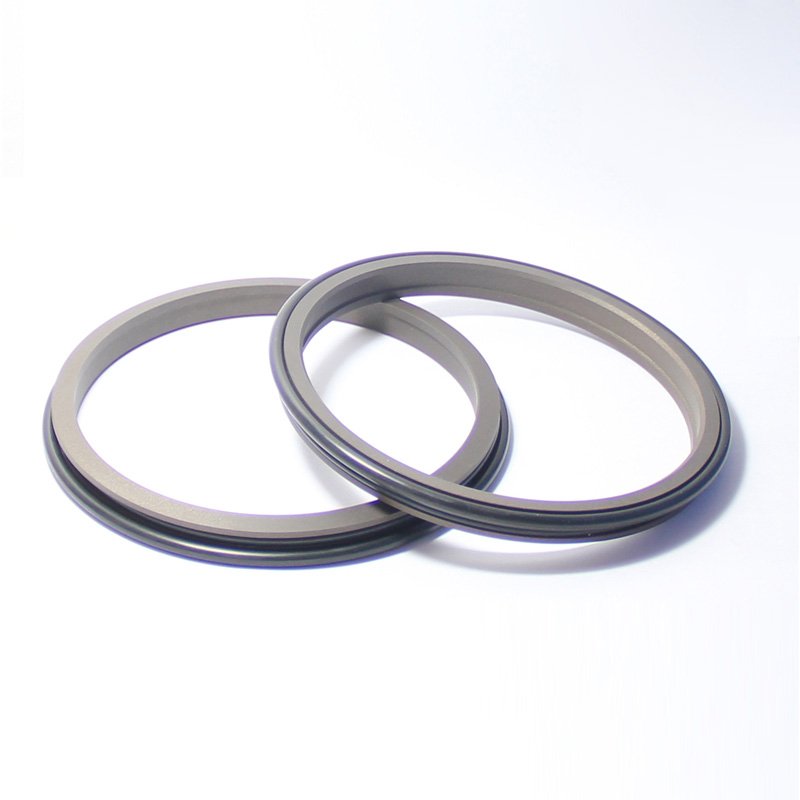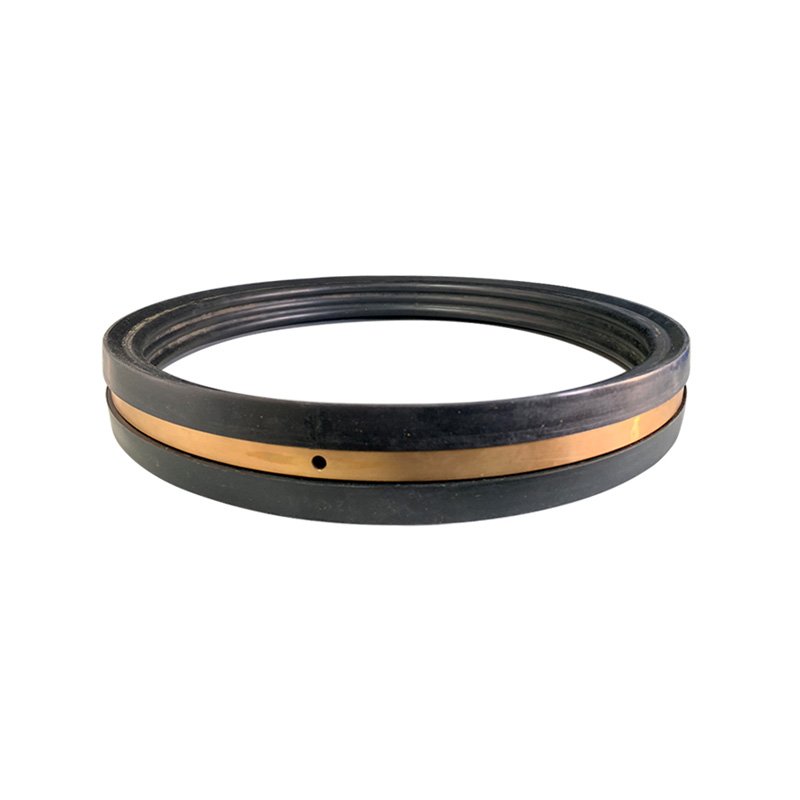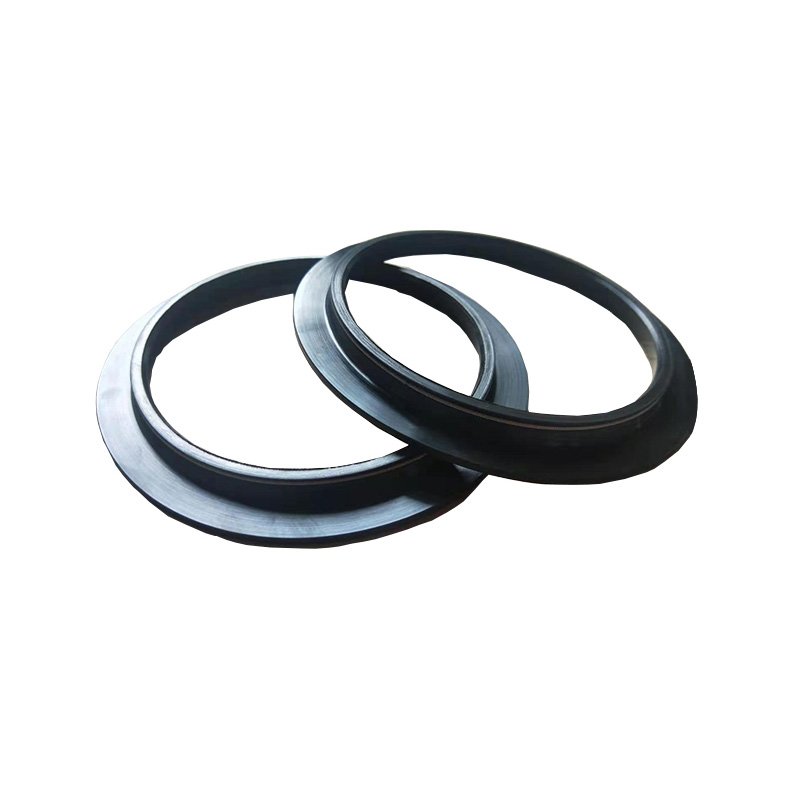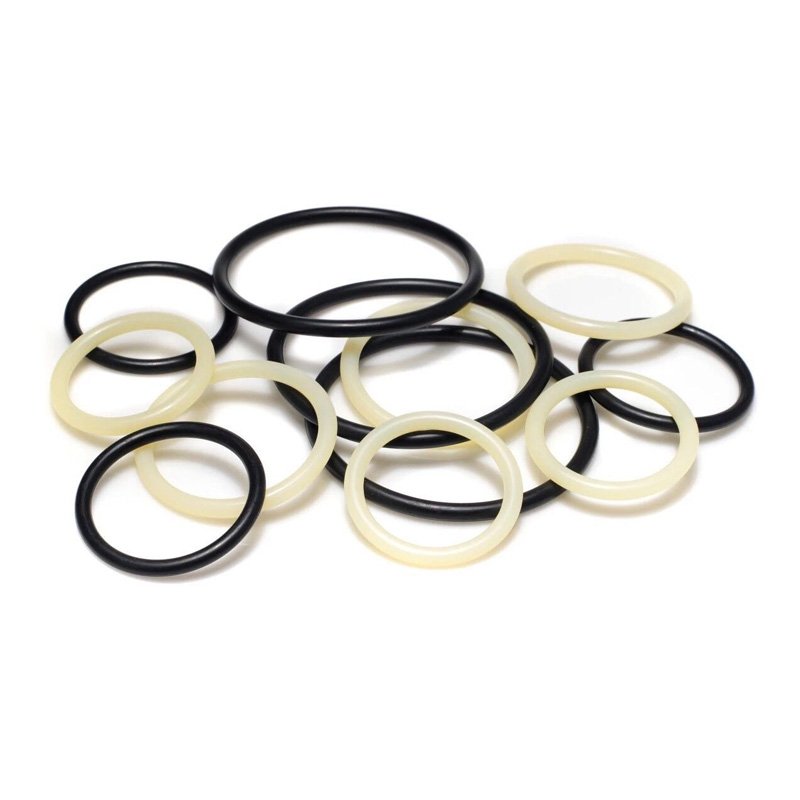Sealing rings, also known as O-rings or gaskets, are critical components used to prevent leaks and contamination in mechanical systems. These rings create a tight seal between two surfaces, ensuring the integrity of fluids, gases, or other substances within a system. Widely used in industries such as automotive, aerospace, and manufacturing, sealing rings are indispensable for maintaining efficiency, safety, and reliability. This article provides a detailed overview of sealing rings, their types, applications, and key considerations for selection and use, based on real-world data and examples.
What Are Sealing Rings?
Sealing rings are circular, elastomeric components designed to fit into grooves and create a seal between two mating surfaces. They are typically made from materials like rubber, silicone, or fluorocarbon, which provide flexibility, durability, and resistance to various environmental conditions. Sealing rings are available in standard sizes and custom designs to suit specific applications.
Key Functions of Sealing Rings
- Leak Prevention: Prevent the escape or entry of fluids, gases, or contaminants.
- Contamination Control: Protect systems from external contaminants like dust, dirt, or moisture.
- Pressure Resistance: Maintain seal integrity under varying pressure conditions.
- Temperature Resistance: Withstand extreme temperatures without losing elasticity.
 Types of Sealing Rings
Types of Sealing Rings
Sealing rings come in various designs and materials to meet specific application requirements. Below are some of the most common types:
1. O-Rings
- Design: Circular cross-section with a round shape.
- Applications: Used in hydraulic systems, pumps, and valves for static and dynamic sealing.
2. Gaskets
- Design: Flat or shaped rings made from soft materials.
- Applications: Used in flanges, pipe joints, and engine components for static sealing.
3. Lip Seals
- Design: Feature a flexible lip that contacts the mating surface.
- Applications: Ideal for rotary or reciprocating motion, such as in shafts or bearings.
4. Quad Rings (X-Rings)
- Design: Four-lobed cross-section for improved sealing performance.
- Applications: Used in high-pressure or high-vibration environments.
5. Custom Sealing Rings
- Design: Tailored to specific dimensions and requirements.
- Applications: Used in specialized systems where standard rings are not suitable.
Applications of Sealing Rings
Sealing rings are used across a wide range of industries and applications, including:
1. Automotive
- Example: Used in engines, transmissions, and fuel systems to prevent leaks and contamination.
2. Aerospace
- Example: Ensure the integrity of hydraulic systems, fuel lines, and cabin pressure systems.
3. Manufacturing
- Example: Used in hydraulic and pneumatic systems for machinery and equipment.
4. Medical Devices
- Example: Prevent contamination in fluid delivery systems and surgical instruments.
5. Consumer Electronics
- Example: Used in water-resistant devices like smartphones and wearables.
Selection Criteria for Sealing Rings
When selecting sealing rings, consider the following factors:
1. Material
- Nitrile Rubber (NBR): Offers good resistance to oils and fuels.
- Silicone: Provides excellent temperature resistance and flexibility.
- Fluorocarbon (Viton): Resistant to chemicals and high temperatures.
- EPDM: Suitable for water, steam, and weather-resistant applications.
2. Size and Dimensions
- Inner Diameter (ID): Ensure the ID matches the groove dimensions.
- Cross-Section: Choose the appropriate cross-section for the required sealing performance.
3. Environmental Conditions
- Temperature: Select materials that can withstand the operating temperature range.
- Chemical Resistance: Choose materials resistant to the fluids or gases in the system.
- Pressure: Ensure the ring can handle the system’s pressure conditions.
4. Application Type
- Static Sealing: Use O-rings or gaskets for stationary applications.
- Dynamic Sealing: Use lip seals or quad rings for moving parts.
Installation and Maintenance Tips
1. Installation
- Lubrication: Apply a compatible lubricant to ease installation and prevent damage.
- Alignment: Ensure the ring is properly seated in the groove without twisting or pinching.
2. Maintenance
- Inspection: Regularly check for signs of wear, cracking, or deformation.
- Replacement: Replace damaged or worn rings to maintain system integrity.
Common Issues and Solutions
1. Extrusion
- Issue: Rings may extrude under high pressure, leading to leaks.
- Solution: Use backup rings or choose materials with higher pressure resistance.
2. Chemical Degradation
- Issue: Rings may degrade when exposed to incompatible chemicals.
- Solution: Select materials with appropriate chemical resistance.
3. Compression Set
- Issue: Rings may lose elasticity over time, reducing sealing effectiveness.
- Solution: Choose materials with low compression set properties.
Conclusion
Sealing rings are essential components for preventing leaks and contamination in mechanical systems. By understanding the different types, selection criteria, and maintenance practices, you can ensure optimal performance and longevity of your systems. Whether you’re working in automotive, aerospace, or manufacturing, sealing rings are a critical part of your success.








